I often teach patients who are referred to the diabetes self management program who have not exercised for most of their life. Age seems to be irrelevant since there are both young and old patients who do little physical activity besides sitting at their desk, computer or TV during the day. Some people have no physical problems but do not exercise due to lack of time, work and other responsibilities. We encourage flexibility for those physically able patients and teach that “exercise must become like brushing your teeth-just fit it in”. Others have physical limitations causing them to refrain from moving. Patients in their 60’s-80’s who attend the educational sessions are in acceptable physical shape but suffer from deconditioning since they were never active during their younger years. There are others who have balance issues, chronic arthritis, injured joints from carrying excess weight for years, lower back scoliosis, spinal stenosis and other orthopedic problems; these problems often prevent them from engaging in any type of daily movement or exercise program. Fibromyalgia is another common medical problem which hinders the ability to exercise. It causes pain in all joints with extreme fatigue and headaches. There is no known cause but it is documented that the problem may begin in the central nervous system. It takes months for a diagnosis with patients unable to have energy to move. Moving daily is an important part of the treatment for type 2 diabetes control; it should be done a minimum of 30 minutes, 5 times a week.
Let’s look at alternatives to keep you active even if you have joint problems in addition to diabetes which may be slowing you down. Remember, if you do suffer from balance issues or severe orthopedic limitations, do not be afraid to use an aid for support. I have taught many patients who trip and fall, ending up with surgery since they were too proud to use a 4-prong cane or walker. When you have diabetes, moving is crucial for improved insulin sensitivity no matter what other issues you are dealing with.
Try these options:
- Swimming/Water Aerobics. The most difficult part of using the pool for patients with orthopedic issues tends to be entering the pool. Some pools at communities, resorts and hotels are now fitted with an electric device that can lower you safely into the pool. If you are able to get in on your own, you should always use the safety rail. Wear water shoes to protect your feet from injuries. Swimming encourages joint mobility and range of motion without putting stress on your joints or lower back. Consider walking in the shallow end or using a kick board if you are not a proficient swimmer. You can purchase hand or ankle weights along with a weighted belt which will increase the resistance and make the workout more difficult without impacting the joints. Join a swim aerobics class at a level that is comfortable for you. Water aerobics is more formalized and energetic than pool walking. It allows for camaraderie and fun; your joints will appreciate it.
- Cycling. This can be a low-impact motion especially when using a recumbent stationary bicycle. The recumbent bike has a full seat with back support which is excellent when you have back or joint problems. Make sure the seat is pushed back in a position so that you are sitting up straight. If riding an upright stationary bicycle, make sure the seat is high enough to keep a slight bend in your legs as you pedal. Using the right position will alleviate many knee and hip issues. Try to use an outdoor bicycle or adult tricycle for variety, fresh air and scenery. It will still be low impact with all the benefits of aerobic exercise which includes improved circulation, breathing, blood pressure and blood sugars.
- Yoga. Your ability and joint limitations should allow you to choose which class or home yoga tape is better for you. Yoga helps stretch muscles, joints and connective tissue without much exertion if done correctly. It may increase bone density and helps with stress levels when correct breathing and focus is achieved. If getting down on the floor is too difficult, think about signing up for a ‘Silver Sneakers’ or similar chair-style yoga class. Yoga also builds balance which is important as we age.
- Pilates. This has really taken off in the last few years and you should be able to find a Pilates studio close to home. There are mat classes which require you to get down on the floor as well as reformer classes which can be done on an individual basis or in a group setting. Reformers are free standing machines which are used to align, stretch and assist in improved posture and strength. The Pilates trainers must pass multiple certifications and are well versed in orthopedic and joint issues. Pilates is low-impact and intensity with controlled body movements. Pilates builds muscle, elongates posture, and helps people with joint pain.
- Tai Chi. This is an ancient form of movement and breathing which is also low-impact. It is an excellent stretching program and helps work your memory if you are required to learn each successive pose. It helps with flexibility, grace and balance. Tai chi is considered a mind & body exercise.
- Gentle walking. Your level of walking should be determined by your joint or orthopedic problems. Using a treadmill with a preset speed and grade along with holding on to handles may be beneficial for those with walking limitations. There are also elliptical machines which put no pressure on joints and allow you to glide with low impact. Most gyms have these machines or they can be purchased for home use. I encourage patients who have cat walks (outside walkways) to use them for 5 minutes several times a day and hold onto the railing for support. Remember, you do not have to do the 30 minutes at once if you are limited by time or physical problems.
- Supervised, low level weight training. Weight training under proper supervision can add to muscle mass, strength, increased metabolic rate and stability around the joints. It is low impact. Often weight trainers will also work on balance exercises and deep stretching, all good movement methods for people with joint issues.
- Biofeedback. This is a breathing and heart rate program which can be done with a therapist or on-line as a tutorial. It can help you to learn about your pain levels and better ways to manage them. Biofeedback is a mind exercise which may help you tolerate your physical movement.
Here are some ways to help keep you active and engaged even with joint problems when you have diabetes. Never push through unusual pain. Always check with your physician when starting any exercise program. Physical therapy or cardiac rehabilitation may be indicated as a first line of exercise depending on your individual situation. Keep moving with your diabetes, joint or back problems and you will help manage your conditions with better results!
NOTE: Consult your Doctor first to make sure my recommendations fit your special health needs.



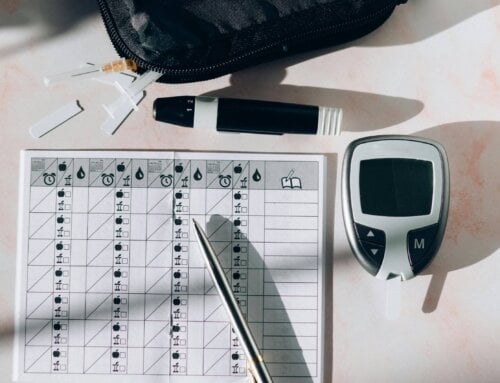

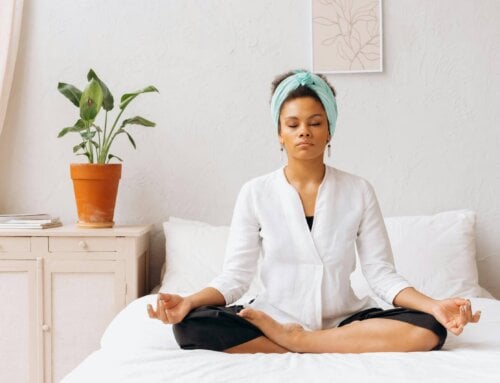

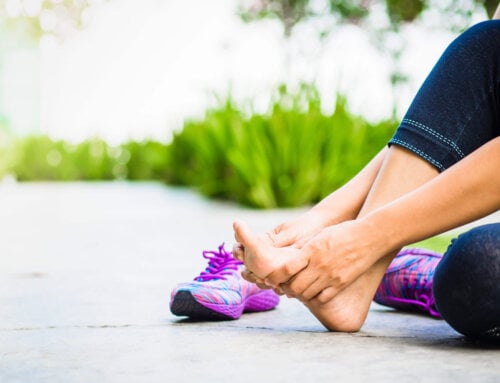
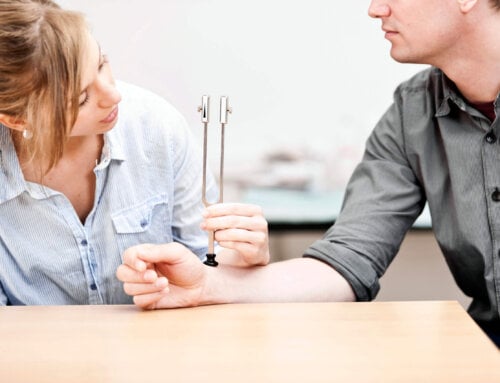
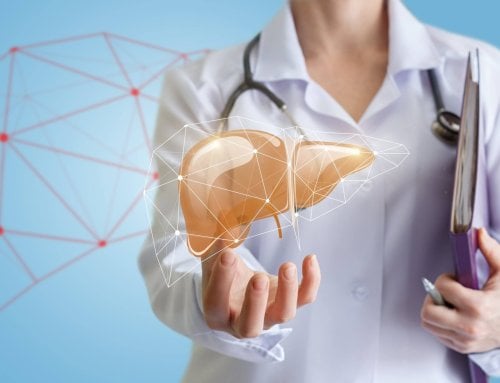


My joints used to hurt me bad, but not any more! It’s hard to want to excercise when you’re hurting so bad that you can’t even keep up with doing daily tasks and exercising more only makes the pain worse. I’ve also noticed that all this gets worse with age. Here’s what has seemed to help me the most:
– Type 1/Type 3 collagen blend, pharmaceutical grade, taken with Vit C and Hyaluronic Acid. This really made my knees and back feel better and stronger.
-MSM, 3000 mg twice a day. Anti-inflammatory, good for the joints.
– Creatine, one teaspoon, once a day with water. My glucose levels went down and my stamina went up. My 30 day BSL average is now 102 and this includes testing throughout the day and not just fasting levels which would be expected to be lower.
-Fresh Ginger Root, an anti-inflammatory. This makes a nice between meal snack when it’s sliced up with a little natural peanut butter smoothed on to kill the “hot” taste. Eating this regularly reduced back and joint pain for me, but it must be taken for several weeks before results are seen and in a sufficient quantity to be effective. I usually buy 2 or 3 pounds of this or more at a time. Pick out the best looking roots in the produce dept. (Walmart usually has a good selection).
-Turmeric, an anti-inflammatory. I get this in capsule form and open up the capsules and combine it with grated up fresh ginger root to make an herbal tea. This tea is not “hot” to the taste and I enjoy it without any sweeterner.
-Other Sups: CoQ10, Alpha Lipoic Acid, Calcium, Magnesium, Vit D3, Glucosamine Chondroitin Sulfate and some others. I rotate some of what I take and I’m also a vegetarian and a long term T2 diabetic, lifestyle only control.
I’ll be 66 next month and for a change, I actually feel much younger than I did this time last year! Keep those birthdays commin’ !